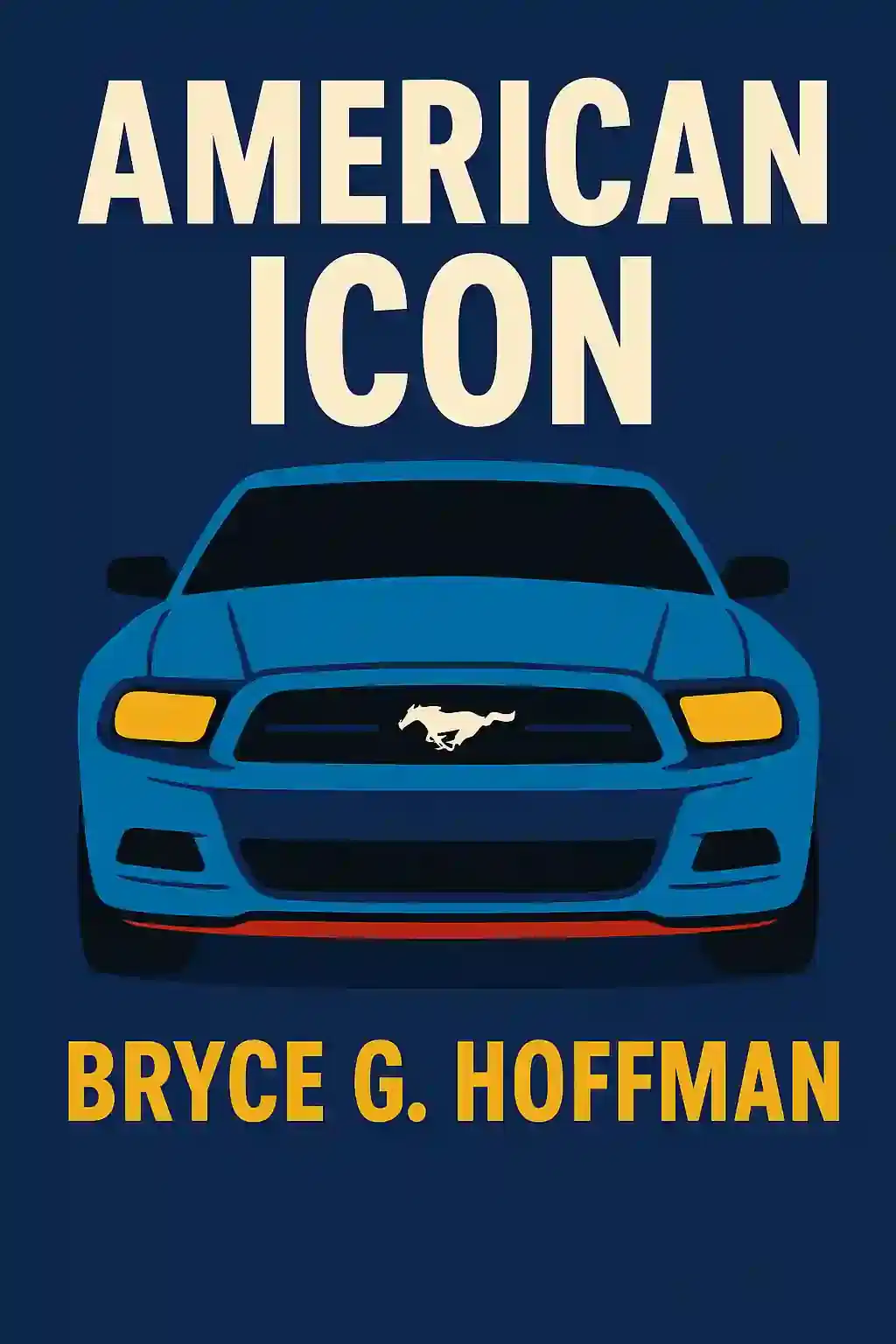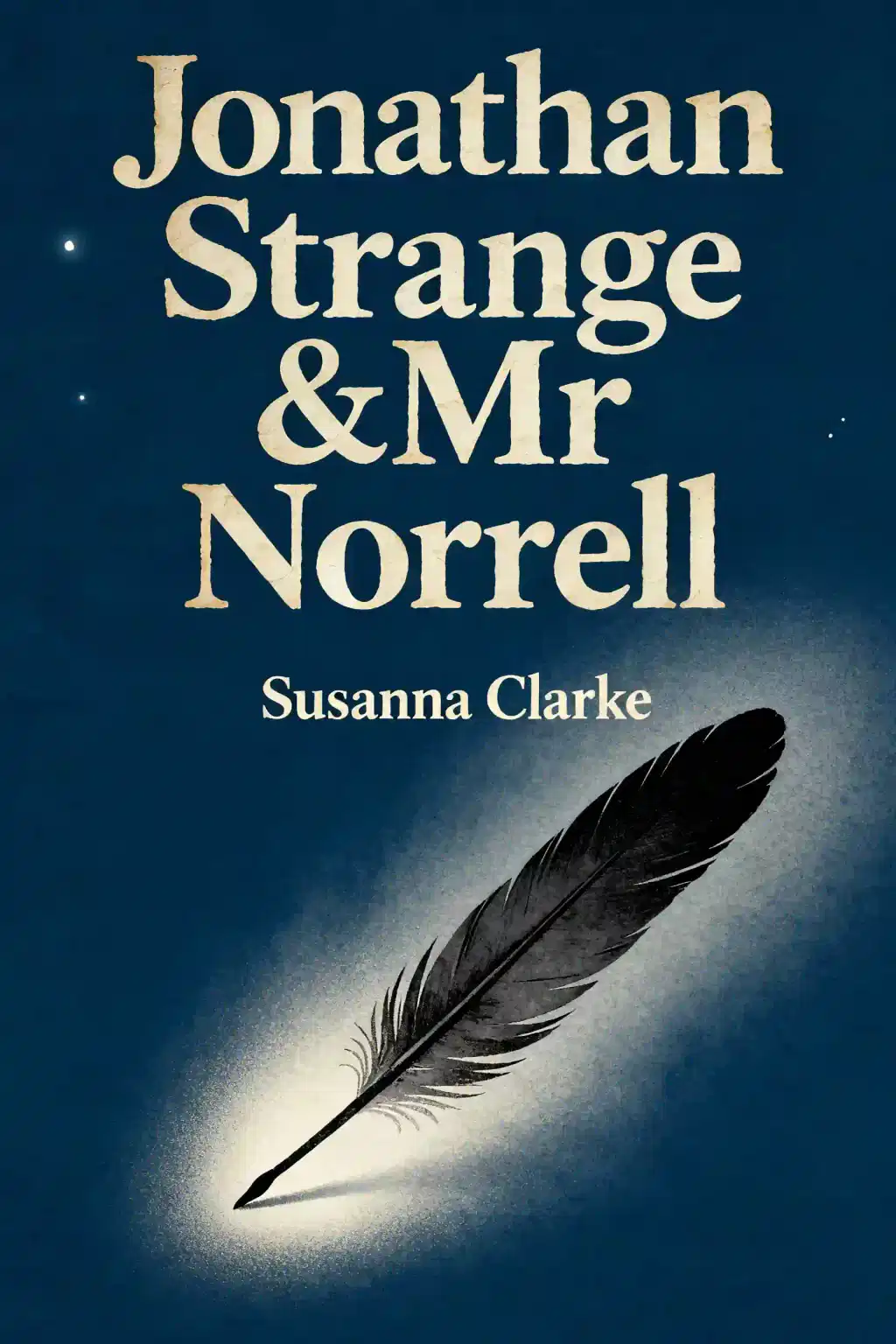What is
American Icon by Bryce G. Hoffman about?
American Icon chronicles CEO Alan Mulally’s historic turnaround of Ford Motor Company during the 2008 financial crisis. The book details Mulally’s leadership strategies, including his “One Ford” restructuring plan, transparent Business Plan Review (BPR) meetings, and alliances with competitors to avoid bankruptcy without government bailouts. Bryce Hoffman’s narrative blends corporate drama with insights into crisis management and organizational culture.
Who should read
American Icon?
This book is essential for business leaders, management students, and automotive industry professionals. It offers actionable lessons on crisis leadership, collaboration, and cultural transformation. Readers interested in corporate turnarounds or leadership case studies will find its blend of narrative and analysis particularly valuable.
Is
American Icon worth reading?
Yes. Praised as a Wall Street Journal bestseller and “best business book of 2012,” American Icon combines rigorous reporting with a gripping narrative. Hoffman’s access to Ford’s executives and internal documents provides unparalleled depth, making it a standout in business literature.
What were Alan Mulally’s key strategies to save Ford?
Mulally’s “One Ford” plan streamlined operations by focusing on the core Ford brand, selling luxury subsidiaries, and standardizing global platforms. He instituted weekly BPR meetings to foster transparency and accountability, while securing $23.6 billion in financing to avoid a bailout.
What are the main leadership lessons from
American Icon?
- Crisis leadership: Proactive restructuring over short-term fixes.
- Transparency: Open communication via BPR meetings to dismantle silos.
- Collaboration: Secret partnerships with Toyota and Honda stabilized supply chains.
- Customer focus: Prioritizing innovation in fuel-efficient vehicles.
How did Ford avoid a government bailout in 2008?
Mulally mortgaged Ford’s assets in 2006 to secure $23.6 billion in financing, providing liquidity during the crisis. Unlike GM and Chrysler, Ford’s preemptive restructuring and refusal to accept bailout funds preserved its independence.
What role did Business Plan Review (BPR) meetings play?
Held weekly, BPR meetings required executives to report progress using standardized charts, fostering accountability and data-driven decisions. Mulally’s “no-blame” policy encouraged candid discussions, transforming Ford’s toxic culture into a collaborative one.
What criticisms does
American Icon face?
Critics note the book’s focus on Mulally as a “hero” oversimplifies systemic challenges, and its minimal coverage of external factors like the UAW’s concessions. However, it remains widely praised for its insider perspective.
How does
American Icon compare to other business books?
Unlike The Big Short or Too Big to Fail, which analyze systemic financial failures, American Icon emphasizes leadership and cultural change. Its narrative style makes complex strategies accessible, akin to a corporate thriller.
What was the “One Ford” plan?
This strategy consolidated Ford’s global operations, eliminated redundant models, and unified engineering under a single platform. By divesting brands like Jaguar and Volvo, Ford redirected resources to core products like the Fusion and Escape.
What notable quotes appear in
American Icon?
Alan Mulally’s mantra, “One team, one plan, one goal,” encapsulates his approach to uniting Ford’s fractured divisions. Another key line: “You can’t manage a secret—problems are just part of the journey.”
How relevant is
American Icon today?
The book’s lessons on agile leadership and transparency remain critical for navigating modern crises like supply-chain disruptions or digital transformation. Mulally’s customer-centric innovation model also aligns with today’s emphasis on sustainability.





















